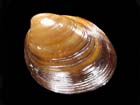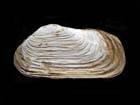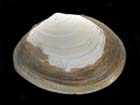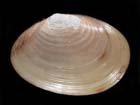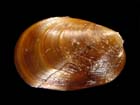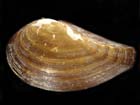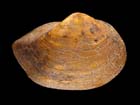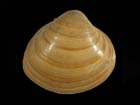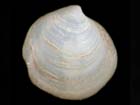Bivalves
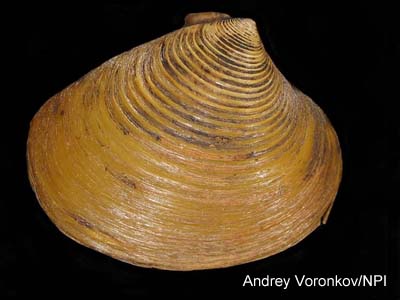
Bivalves can be very abundant on the Arctic continental shelves where they are preyed upon by fish, walrus, bearded seal and several duck species. Bivalves seem to make up the most numerous group of mollusks in the Arctic deep-sea, but knowledge on species richness and distribution is limited. About 140 bivalve species are currently known from the Arctic.
The name of the group bivalves means ‘two shells', which contain the laterally compressed body. Many bivalves, such as clams, live in the sediment and bring in their water supply through a snorkel-like siphon; others, such as mussels, are anchored to hard substrates using byssal threads or cement.
The majority of bivalves are filter-feeding and use their gills for both oxygen supply and for feeding. In the deep-sea, however, the often much smaller bivalves may collect food particles with palp-like structures; some deep-sea bivalves (e.g., from the family Cuspidariidae) are even predators.
Page Author: Bodil Bluhm
Created: Oct 24, 2008


